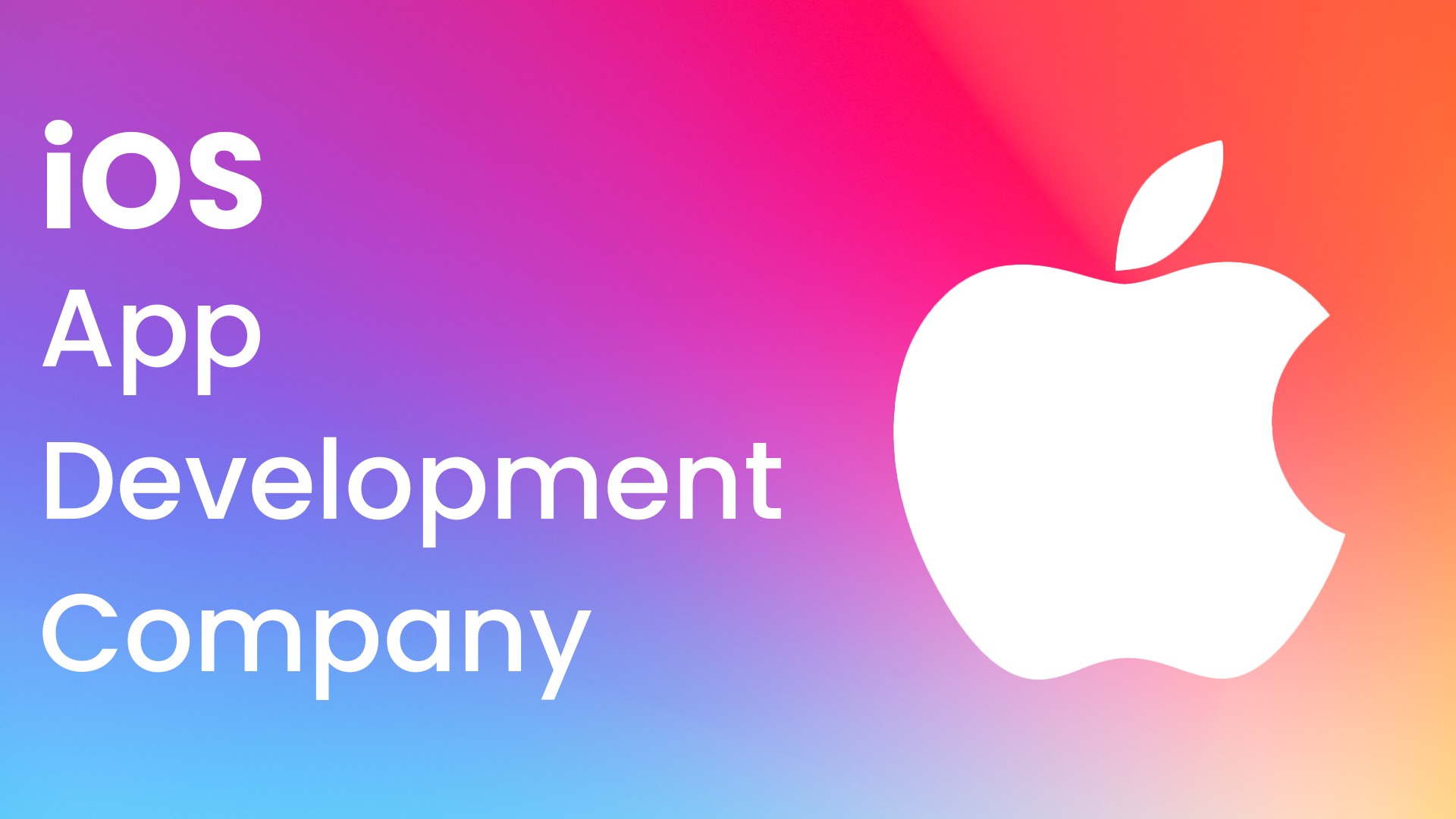
9 Things to Consider While Estimating the Cost of iOS App Development
Estimating the cost of iOS app development is a crucial step for any business or individual looking to bring their app idea to life. Whether you’re working with an iOS app development company or considering iOS app development services, it’s essential to have a clear understanding of the factors that contribute to the overall cost.
In this blog, we’ll delve into nine key considerations to help you accurately estimate the cost of developing your iOS app.
1. App Complexity
The complexity of your iOS app is a significant factor that affects the cost. Simple apps with basic features will be less expensive to develop, while complex apps with advanced functionalities, integrations, and custom components will require a larger budget.
2. Platform and Device Compatibility
Decide whether you want to develop your app exclusively for iOS or if you plan to make it available on multiple platforms. Supporting different iOS devices and versions can increase development costs.
3. Design and User Interface
A well-designed user interface is essential for attracting and retaining users. The cost of design varies depending on the complexity of the app’s interface, the need for custom graphics, and adherence to Apple’s design guidelines.
4. Features and Functionality
The number and complexity of features in your app play a crucial role in cost estimation. Features like push notifications, in-app purchases, real-time chat, and augmented reality (AR) will add to the overall development expenses.
5. Backend Development
If your iOS app requires server-side functionality, such as user accounts, databases, or real-time data synchronization, you’ll need to budget for backend development, which is a separate cost.
6. Third-Party Integrations
The integration of third-party services, APIs, or libraries can add to your development costs. Consider whether your app will need to connect with external services like payment gateways, social media platforms, or mapping services.
7. Testing and Quality Assurance
Thorough testing and quality assurance are essential to ensure your app functions correctly and is free of bugs and glitches. Budget for testing activities, including manual testing, automated testing, and user acceptance testing.
8. Maintenance and Updates
After the app is launched, ongoing maintenance and updates are necessary to address bug fixes, performance improvements, and compatibility with new iOS versions. Be prepared for these post-launch costs.
9. App Store Submission and Marketing
Submitting your app to the App Store and marketing it to your target audience require additional expenses. These costs may include App Store fees, promotional campaigns, and user acquisition strategies.
Conclusion
Estimating the cost of iOS app development is a complex process that requires a thorough understanding of your app’s requirements and goals. Whether you’re partnering with an iOS app development company or hiring iOS app development services, considering these nine factors will help you create an accurate budget for your project. By carefully evaluating your needs and planning for each aspect of the development process, you can ensure that your iOS app project stays on track and within budget.


